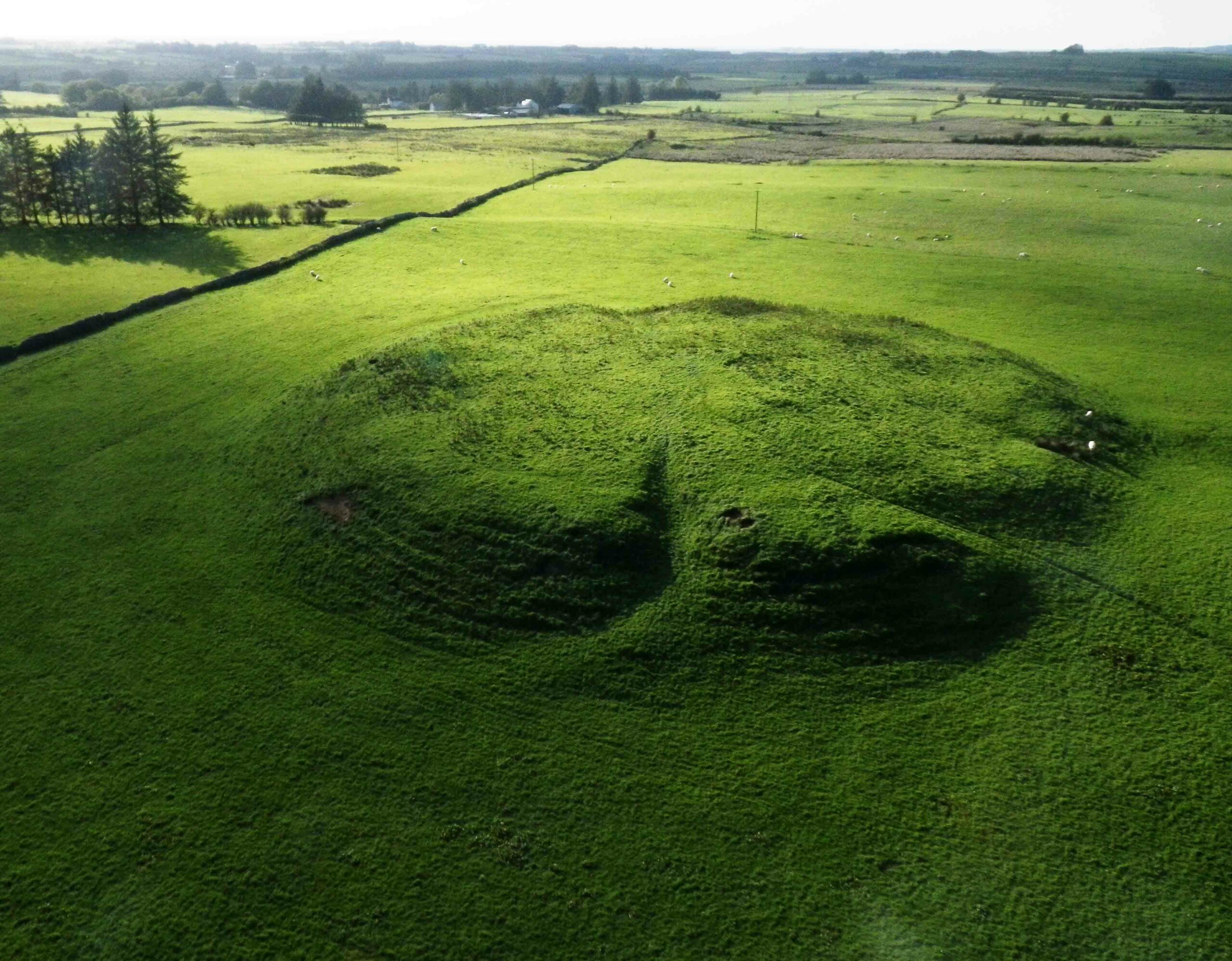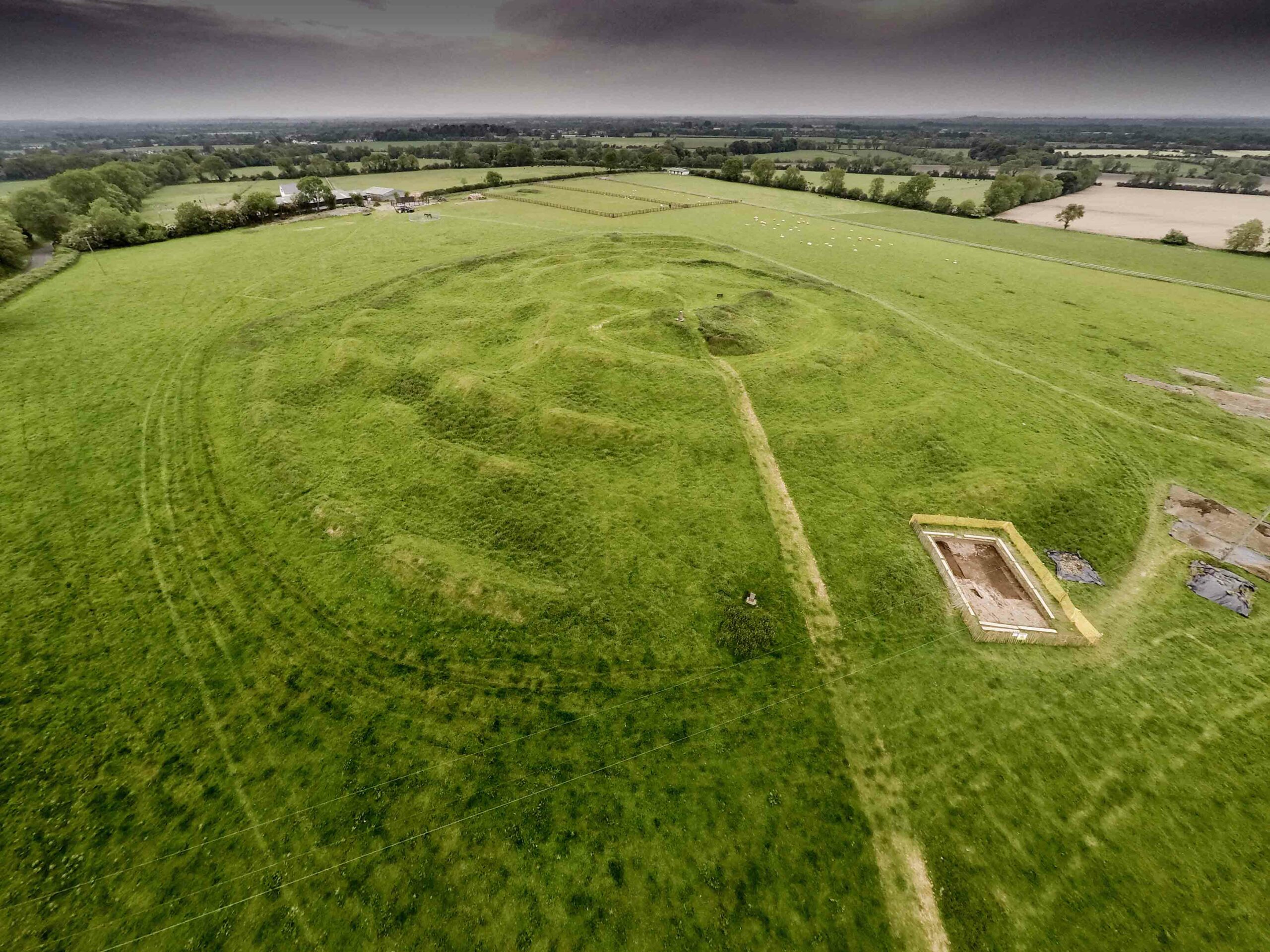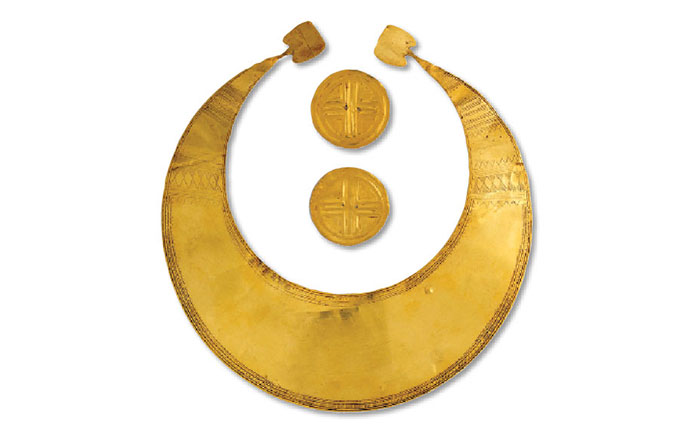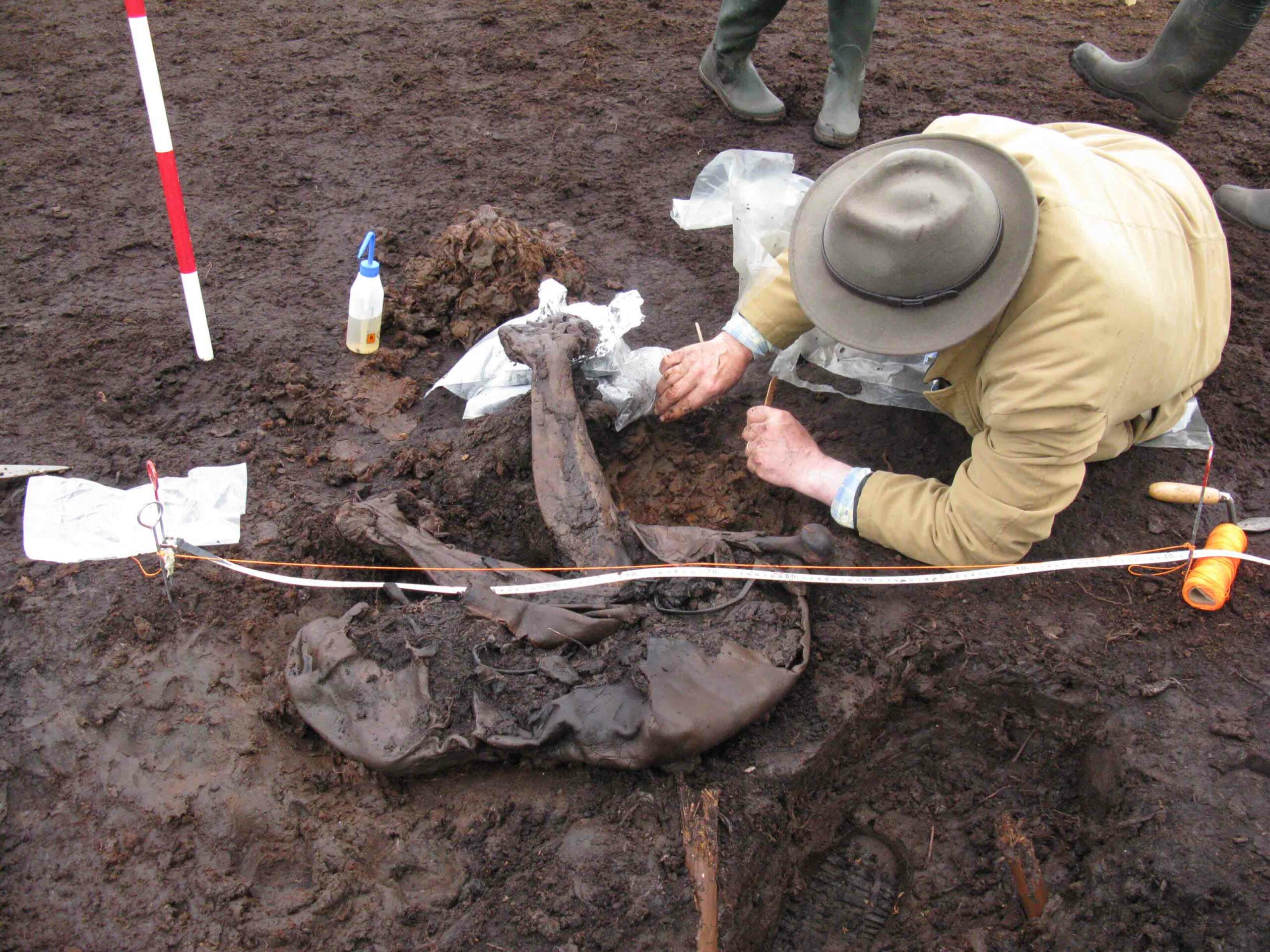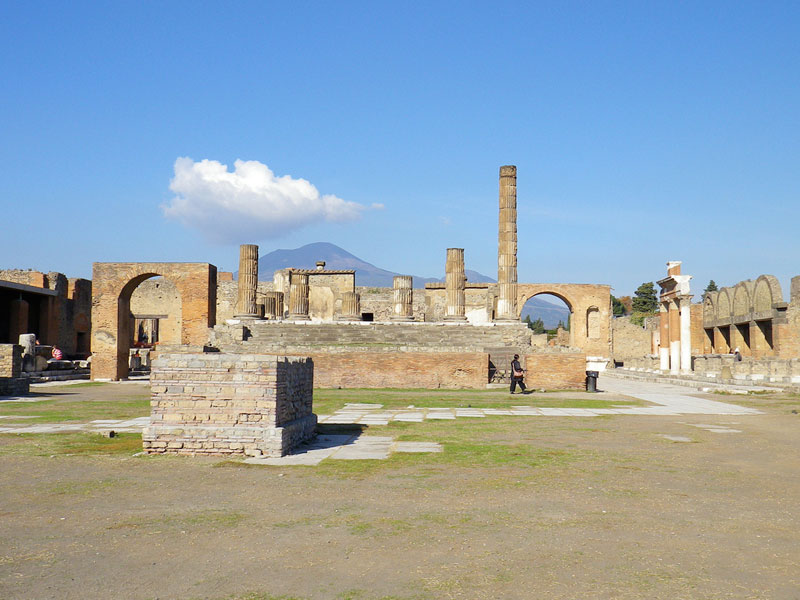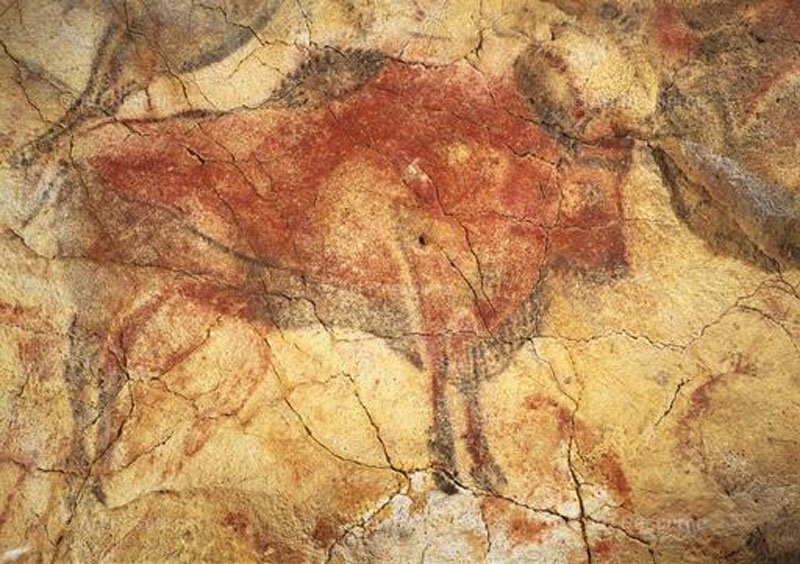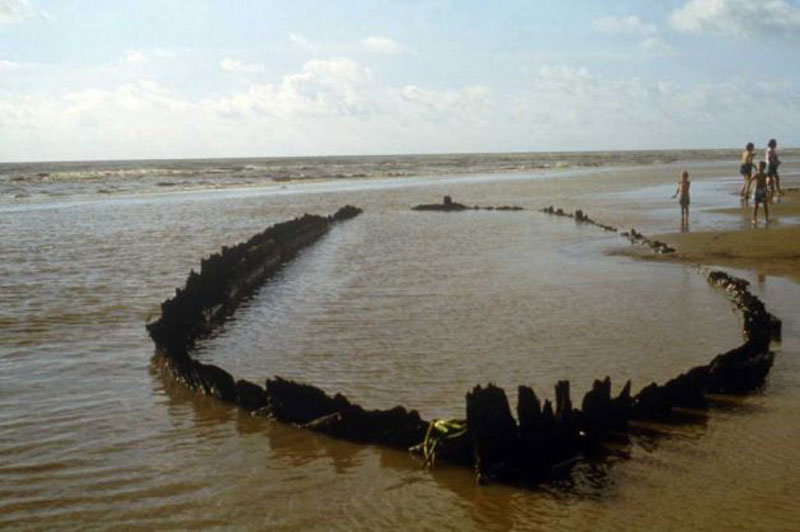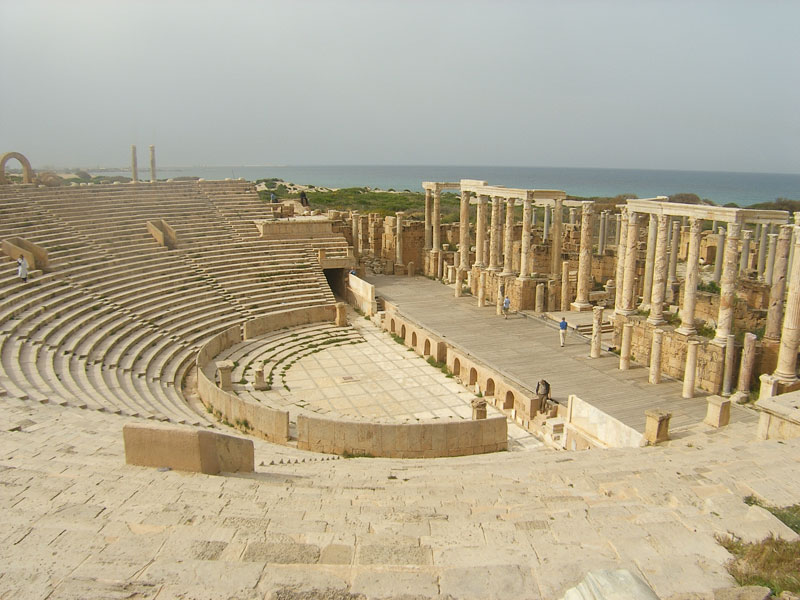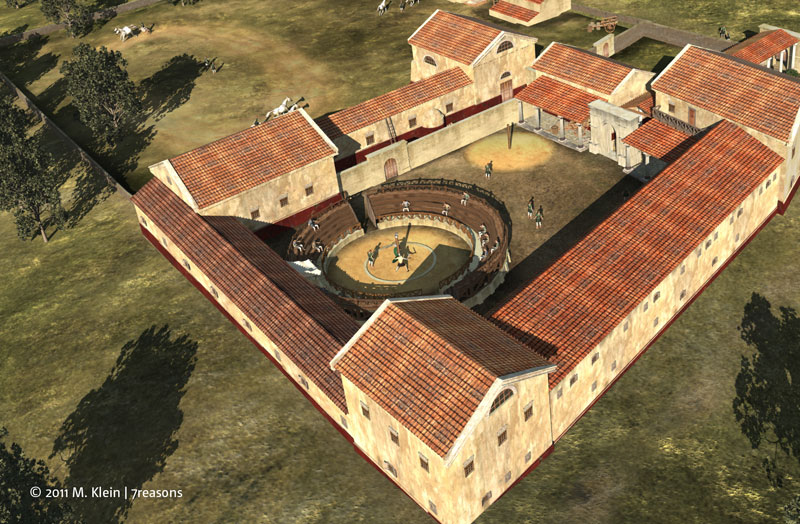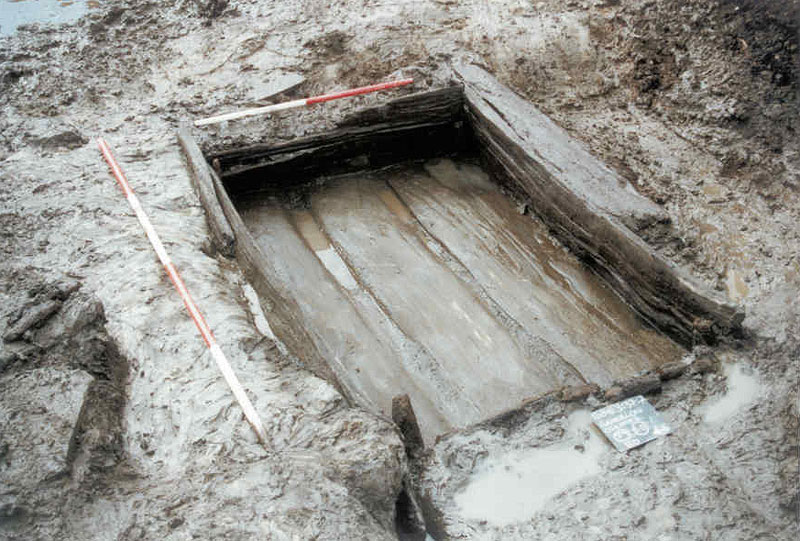
On a typically misty morning in the west of Ireland, just outside the medieval town of Athenry, County Galway, archaeologist Declan Moore opens the trunk of his car and invites me to pull on a pair of Wellingtons. "Believe me, you'll need them," he assures me as we cross the parking lot and hop a fence into a nearby field.
Moore is taking me to visit an unexcavated fulacht fiadh (pronounced FULL-ahk FEE-add), or fulachta" fia in plural, the most common type of prehistoric archaeological site in Ireland. Better known as a "burnt mound" in the neighboring United Kingdom, where they are also found, there are nearly 6,000 recorded fulacht fiadh sites dotted around Ireland alone. As we trudge through the wet and soggy field, Moore points out a small stream. "They are usually found near water or in marshy areas, so this is a prime location," he explains.
When we arrive at the site, Moore shows me the basic features of a fulacht fiadh—a horseshoe-shaped mound of soil and rocks surrounding a depression big enough to park a small car in. Moore climbs the four-and-a-half-foot mound and quickly wipes away some of the soil to expose the layer of stones. He then points to the depression. "If we were to excavate, we'd find a trough dug into the ground there," he says. It takes us only 15 minutes to fully explore the still-buried site.
Although commonplace and easy to identify, the fulacht fiadh remains enigmatic. There is no consensus among archaeologists about what they were primarily used for. Various theories—such as cooking, textile production, bathing, and Moore's personal hypothesis, a type of ancient microbrewery—have all been proposed. But a lack of consistent artifacts associated with any of these activities at excavated fulacht fiadh sites continues to shroud the purpose of the burnt mounds in mystery.
Fulacht fiadh sites typically date to the Middle Bronze Age (1800 B.C.). The structures are usually found alone, but have also appeared in groups of two to six, spaced as close as 16 or so feet from one another, making an archaeological complex. "Most fulacht fiadh sites are somewhat isolated, with only a few having been found as part of a permanent settlement," says Emer Dennehy, an Irish archaeologist with the Railway Procurement Agency in Dublin who studies the fulacht fiadh. "We're still unsure if this indicates a seasonal use with hunting expeditions or if they were used on a regular basis in conjunction with permanent settlements located elsewhere. It was convenient to locate these sites close to wet and damp areas, which would not have been suitable for habitation."
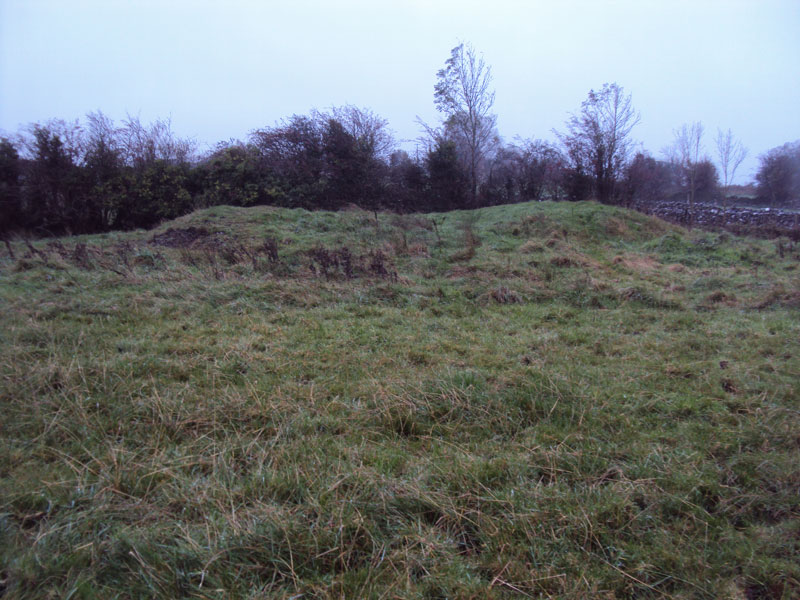
(Courtesy Declan Moore)
Choosing wetland areas as locations allowed for the characteristic troughs found at the center of these sites to be self-filling, either because they were situated below the water table or because they were built directly above a spring. Though they can differ in size and shape, most troughs are roughly rectangular in outline and average five feet in length, four feet in width, and two feet in depth. Most troughs that have been excavated are unlined, but roughly 30 percent are lined with clay, wood, or stone slabs.
Surrounding the troughs are U-shaped mounds made of stones. These mounds can reach heights of more than six and a half feet, though on average they are roughly three feet high, and made of sandstone or limestone. Neither rock type is typically found close to fulacht fiadh sites, indicating that the Bronze Age Irish chose the stones deliberately.
According to Dennehy, the mounds likely cover hearths where the stones, which show evidence of heat-cracking, were fired. The cracking also provides strong evidence that after being heated, the rocks would be placed in the troughs to heat water. "The stones that were heated and shattered during this process were discarded nearby," Dennehy explains, "gradually accumulating to form the mound surrounding the trough."
The water in the trough could have been brought to a boil by adding fired stones, says Dennehy. Demonstrations on modern-day re-creations of fulachta" fia have shown that intermittently adding one heated rock can keep a steady boil. "You can be absolutely sure it was used for boiling water," says John Waddell, an emeritus professor of archaeology at the National University of Ireland, Galway. "It's the one certain thing about the fulacht fiadh."
In Gaelic, "fulacht" means "cavity," though as interpreted through Irish literature it can mean cooking site. "Fiadh" means "wild deer." While that translation lends support to the structure's use as a cooking site, many archaeologists believe the term is inaccurate. Waddell, for instance, supports calling them burnt mounds, as they do in the United Kingdom.
Until recently, the conventional wisdom has been that the fulacht fiadh was used for cooking. Michael J. O'Kelly, a professor of archaeology at University College Cork, examined fulacht fiadh sites in southwestern Ireland in the 1950s, conducting several experiments. Among them was adding animal meat to boiling water in a reconstructed fulacht fiadh.
The cooking demonstrations, while lengthy (a single leg of mutton took nearly four hours to cook), prompted the concept of the fulacht fiadh as a cooking site to pass into accepted archaeological theory. But bones and other animal remains are not consistently found near fulachta" fia, which would be surprising for locations where meat would have been regularly boiled. Some archaeologists also suggest the Bronze Age Irish would have preferred to roast meat over an open hearth, which would have been simpler and more efficient, and would also have resulted in a tastier meal.
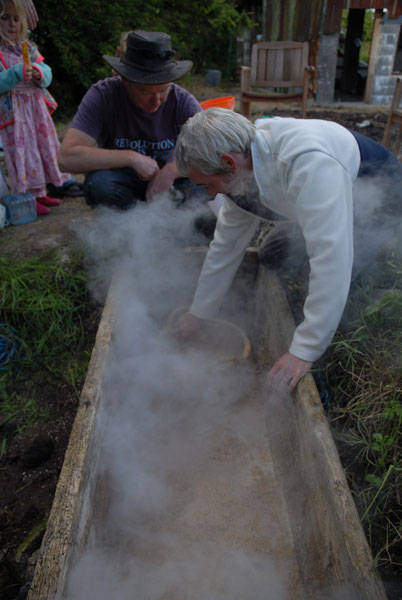
(Courtesy Declan Moore and Billy Quinn)
Another possible use for the fulacht fiadh might have been textile production. "We know that dyeing was practiced in Britain and Northern Europe at a very early date," writes Anne-Marie Denvir in her undergraduate dissertation on the fulacht fiadh for Queen's University Belfast in Northern Ireland. Denvir constructed a replica fulacht fiadh in which she dyed a sheep's fleece green using crushed ivy berries. She also washed a fleece using stale urine and did an experiment involving "fulling" (thickening fabric by heat-shrinking it). As with cooking, though, there is little archaeological evidence in the form of artifacts to support textile production.
Several other excavated fulacht fiadh sites suggest that they may have been used as ancient saunas or sweathouses. Though very rare, these few sites include the remains of possible structures that would have been built over the troughs in order to capture any escaping steam. Similarly, the fulacht fiadh could have been used for bathing purposes, but that idea also faces a
lack of evidence.
One of the interesting facets of the fulacht fiadh debate is the role that experimental archaeology can play in investigating the mystery they present, as evidenced by O'Kelly's and Denvir's proof-of-principle demonstrations. Declan Moore and fellow archaeologist Billy Quinn are the latest to test a fulacht fiadh theory in practice.
One morning in 2003, before continuing work on excavating a fulacht fiadh in County Galway, a hungover Quinn reflected on his condition and had an insight: Perhaps the mysterious Irish archaeological structure was used as an ancient brewing site.
Historical evidence suggested it was a possibility. Residue analysis from 9,000-year-old pottery found in northern China indicated the vessels once held a fermented drink of fruit, honey, and rice. And evidence for beer drinking in the Middle East begins to appear around 4000 B.C. and includes a recipe carved on a Sumerian tablet dating to 1800 B.C. for brewing in a pit. It's not inconceivable that brewing was also taking place at the same time in Bronze Age Europe.
"Brewing at Irish monasteries [dating back to the late fifth century A.D.] was renowned for its time. The knowledge that these monks had about brewing had to have come from an earlier tradition," remarks Moore. "The fulacht fiadh could represent the point at which man started popular brewing efforts in Ireland."
After visiting breweries in northern Scotland, Belgium, and Germany to learn ancient techniques and more modern "hot-rock brewing," Moore and Quinn decided to make their own fulacht fiadh brew in August 2007. They buried a wooden cattle trough that was about five and a half feet long and a little over two feet wide and deep, in Quinn's backyard. They filled it with water and heated it to just under 153 degrees Fahrenheit, as advised by brewers they'd consulted, using stones fired in a hearth about 15 feet away.
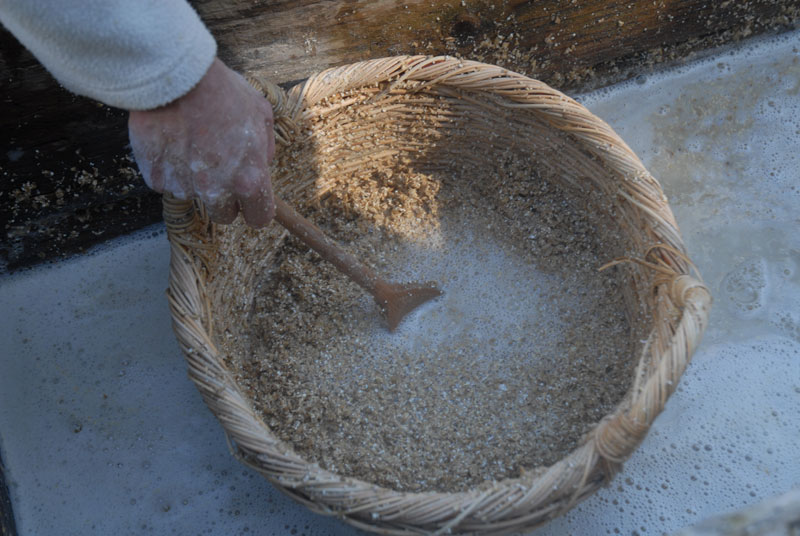
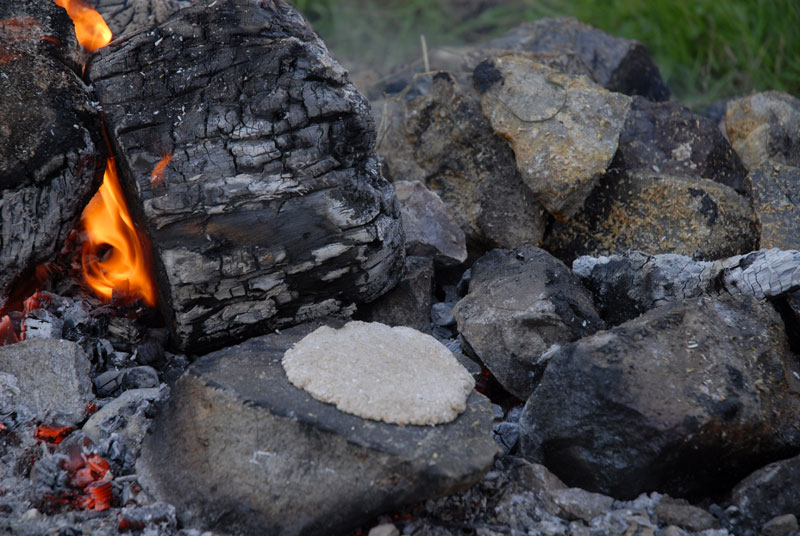
Quinn and Moore added malted barley (top) to water that had been heated in their fulacht fiadh by stones fired on a nearby hearth (above).
(Courtesy Declan Moore and Billy Quinn)
At its simplest, beer consists of malted grain, water, and yeast. Using malted barley donated by a local brewer, they stirred it into the hot water. After 45 minutes, the grains were converted to a sugar syrup called wort, which was transferred into special replicas of Bronze Age pots. Yeast was then added, as were elderflower, juniper berries, and yarrow for flavoring, and the brew was left to ferment for three days. (Moore and Quinn note that windblown yeast would have triggered natural fermentation for Bronze Age brewers.)
Moore and Quinn converted nearly 80 gallons of water into 30 gallons of ale that was copper in color and had a smoky flavor. Not much like beers we drink today, the concoction was closer to a "gruit" ale, a reference to herbs used to give beer its bitter taste before brewers turned to hops.
When Moore and Quinn first published the results of their foray into experimental archaeology in the magazine Archaeology Ireland, several archaeologists, as well as home brewers, voiced their support for the work. Members of the Irish Archaeobotany Discussion Group, however, expressed doubt in Moore and Quinn's theory, again pointing to a lack of accompanying evidence at fulacht fiadh sites. "Such large-scale processing of cereals would leave a regular trace in the archaeological record, perhaps in the form of uncharred, malted grains at waterlogged sites," the group wrote in a letter responding to the Archaeology Ireland article.
Moore and Quinn counter that grain used during the brewing process could have been used as animal feed. The pair also point to the discovery of grinding stones at fulacht fiadh sites in both Ireland and the United Kingdom, as well as confirmed findings of traces of cereal grain and wheat near a Bronze Age wooden trough at a site in Wales in 2009, as further evidence to support their theory.
Ultimately, pottery evidence might be required for Moore and Quinn to prove their brewing hypothesis. Vessels used for fermentation would have calcium oxalate residue left behind as wort turned alcoholic. Unfortunately, a lot of pottery investigated from the area has been exposed to the elements, says Patrick McGovern, an archaeologist at the University of Pennsylvania who specializes in ancient alcoholic drinks. "I certainly believe that the peoples of Ireland were brewing beer or perhaps a mixed extreme beverage," he explains. "But not enough samples have been tested to give us a definitive answer."
Regardless of whether his and Moore's theory is one day proved, Quinn says the Bronze Age brewing experiment revived discussion over the uses of fulachta" fia. While the mystery of the burnt mounds will continue, at least for the foreseeable future, in time archaeologists may move toward a consensus that the fulacht fiadh was used in a variety of ways during the Bronze Age, brewing among them.
Quinn, in fact, believes that's likely the case. "Overall the fulacht fiadh may have indeed been multifunctional, something like our modern kitchen sink—used for many different purposes."
Dennehy notes that constructing a fulacht fiadh was clearly a planned and time-intensive undertaking. "The communities of the time felt a need to construct them over and over again," she says. "Bronze Age people had a strong knowledge of their environment, and it probably does them a disservice to consider the fulacht fiadh as simply a run-of-the mill cooking site."


